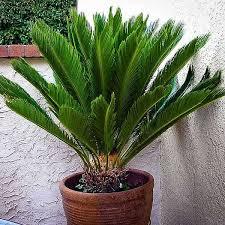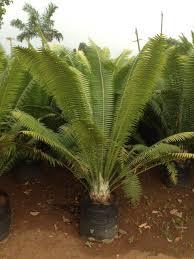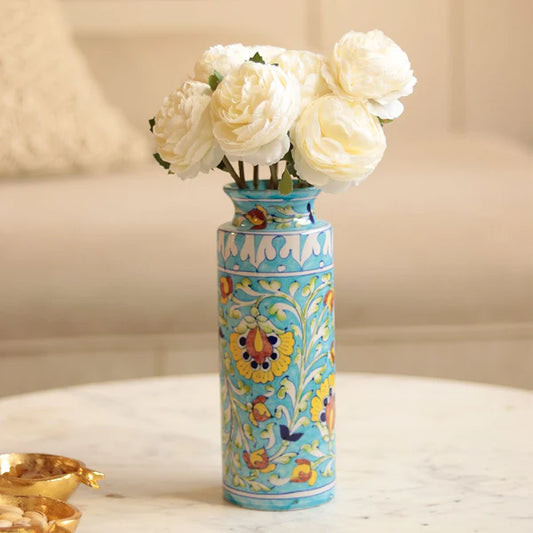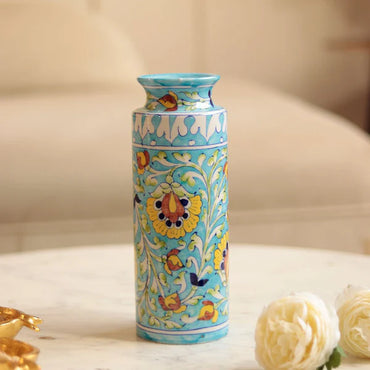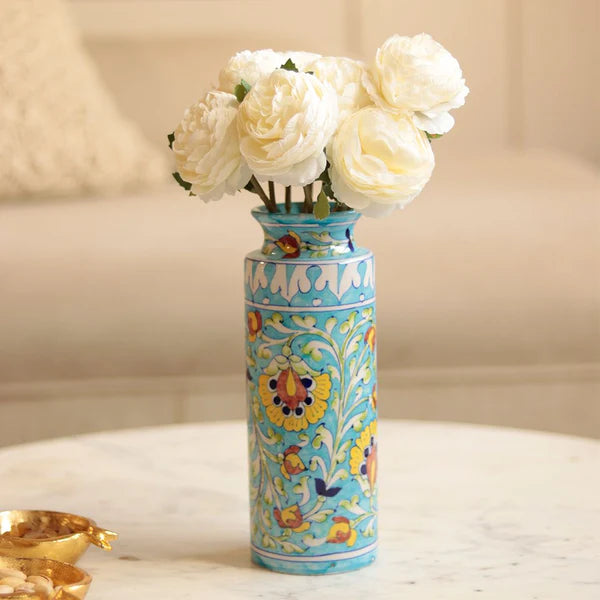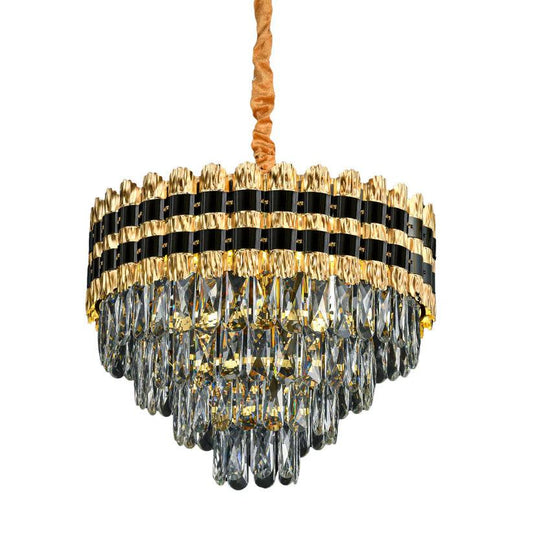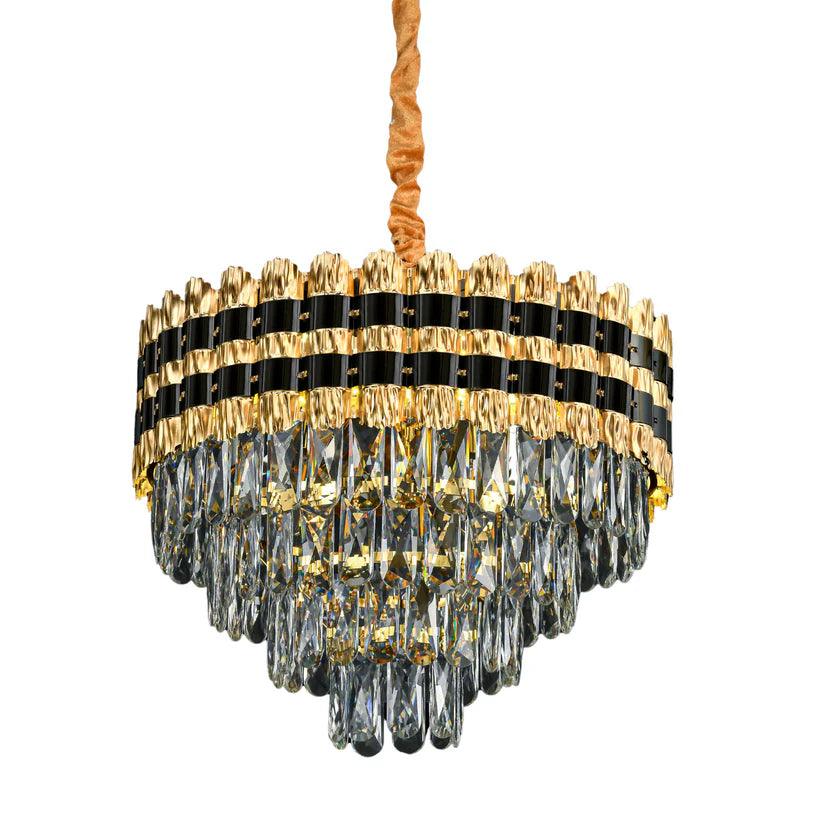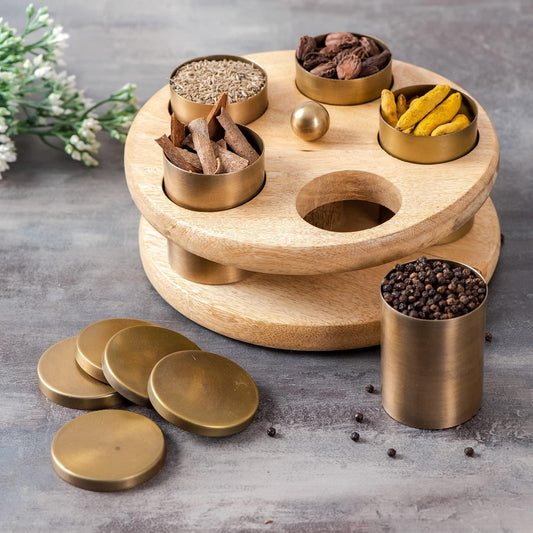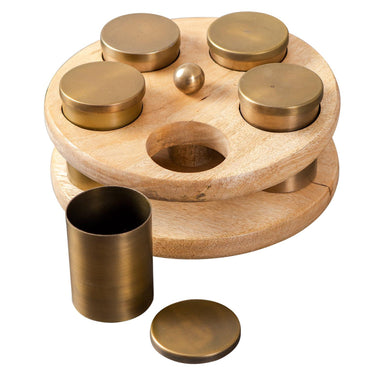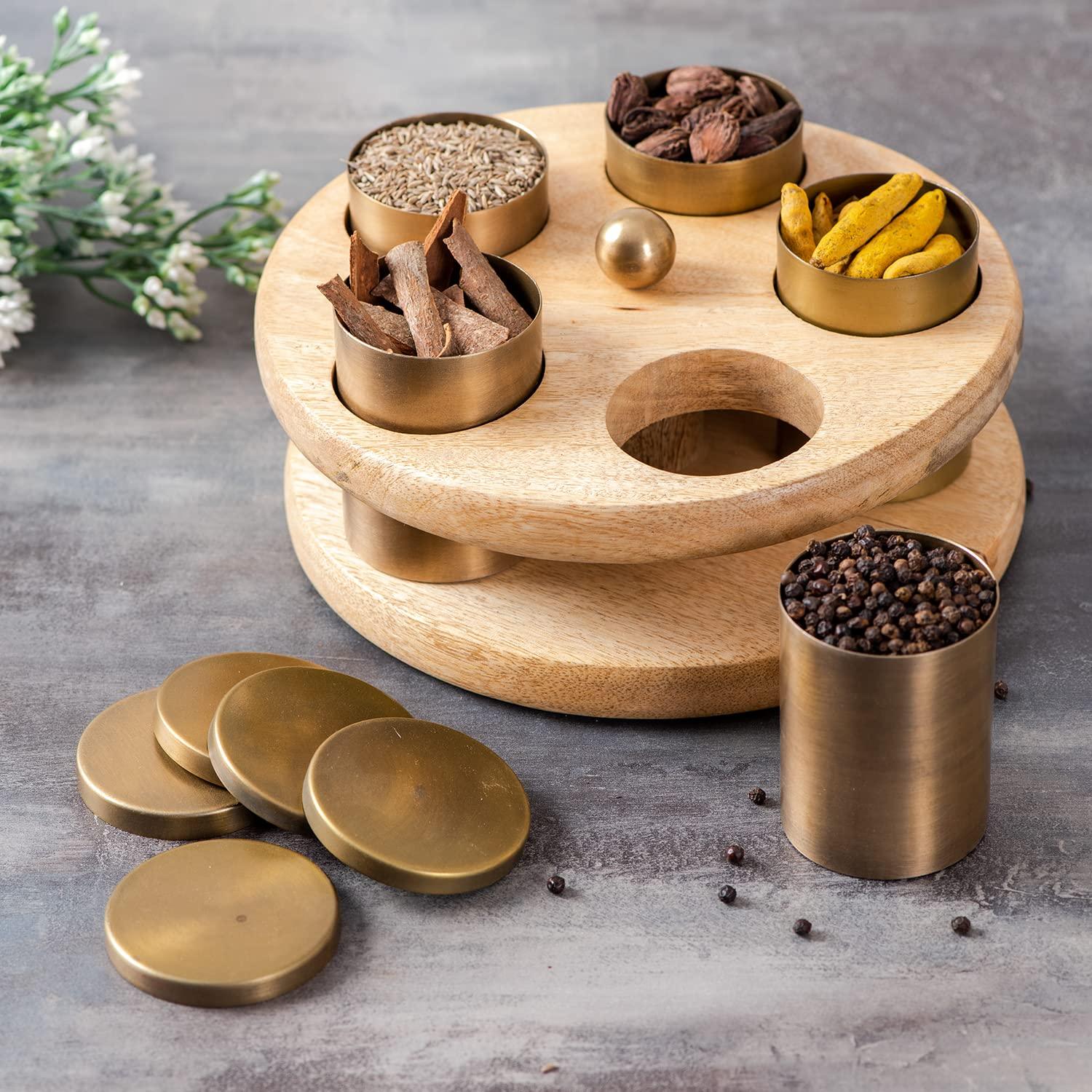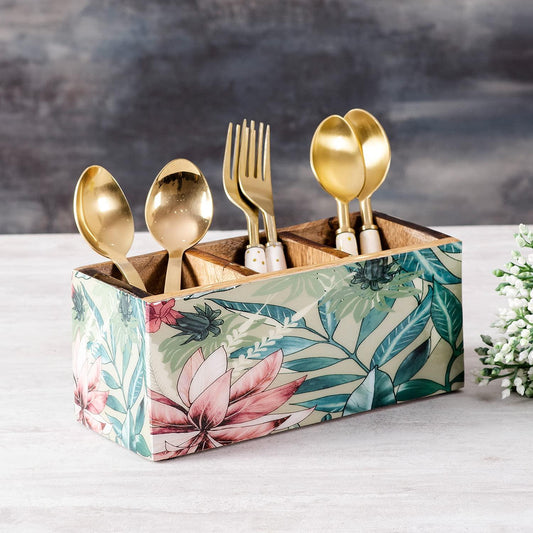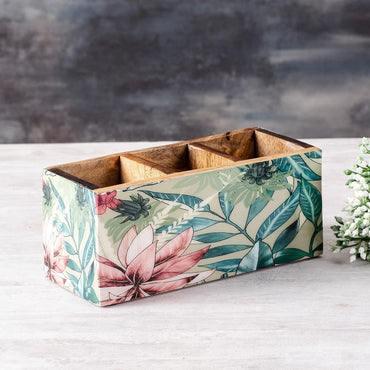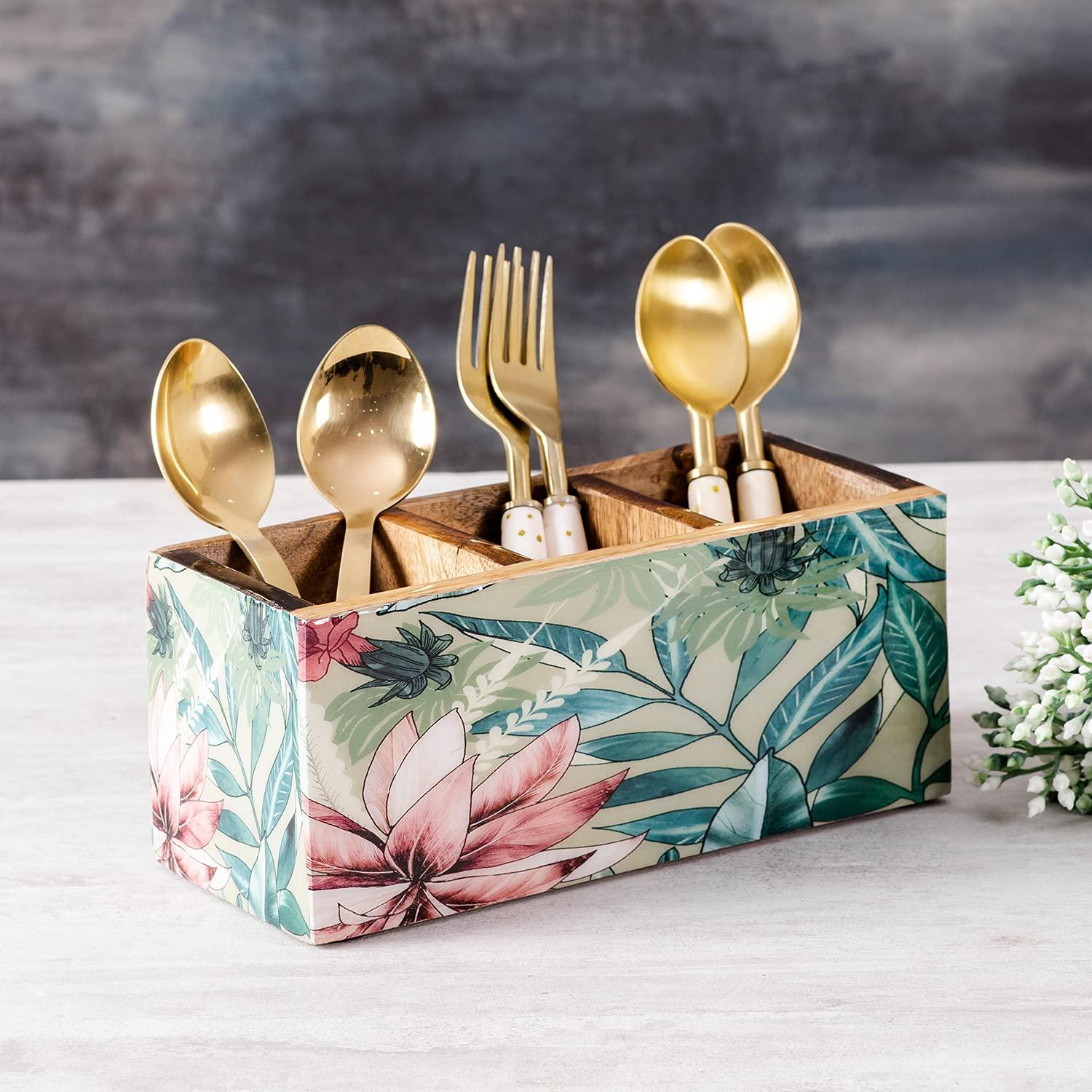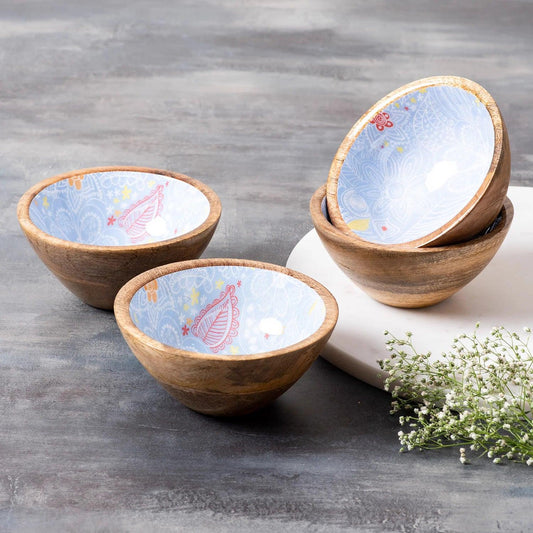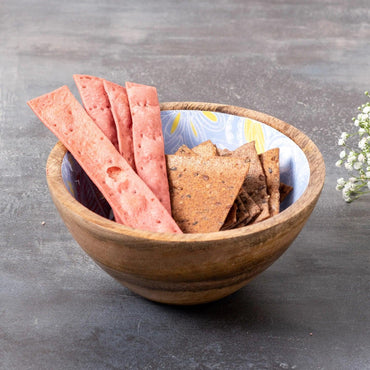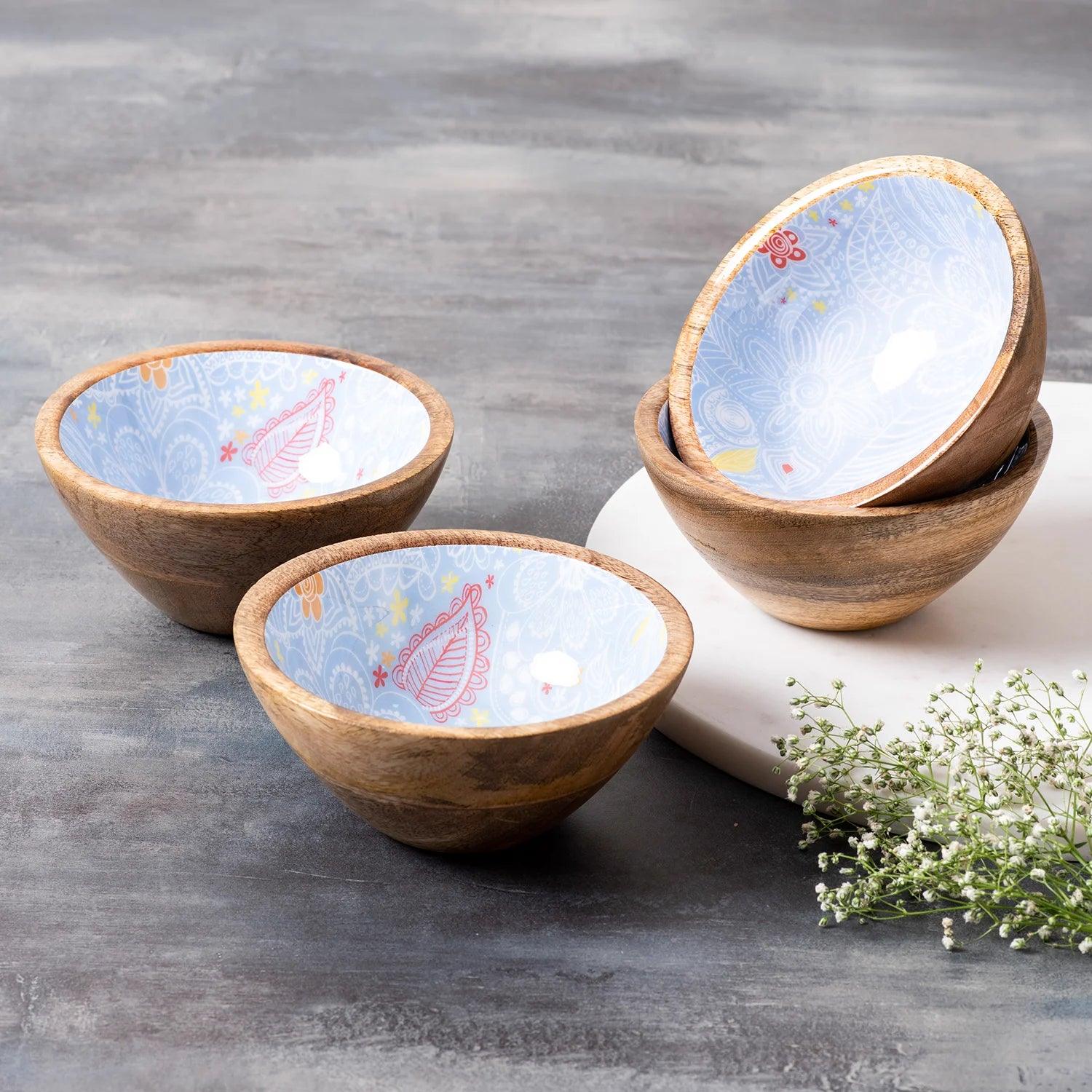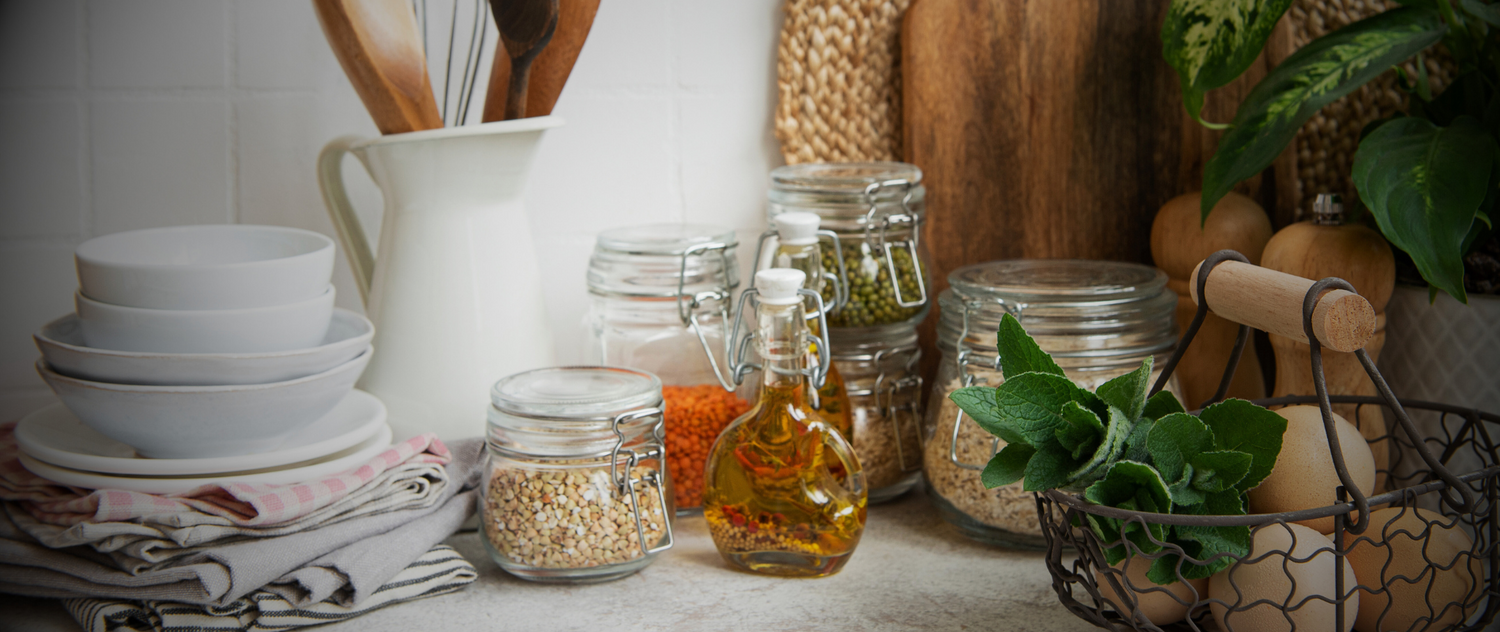1
/
of
2
SKU:
Cycas Circinalis Plant With Pot
Rs. 999.00
Rs. 999.00
Rs. 1,999.00
/
Sale
Sold out
Shipping calculated at checkout.
Re-stocking soon
Have a Question?
Share
Couldn't load pickup availability
Free standard shipping on all orders
- Free Shipping
- Safe Payment
- Free Returns
-
Vendor:
Soothing Interiors
-
Type:
Plants
Description
Cycas Circinalis, commonly known as the Queen Sago Palm, is a striking and ancient cycad species native to the Indian subcontinent. Its attractive appearance and prehistoric lineage make it a fascinating addition to any plant collection or garden. This plant is known for its elegant, feather-like leaves and robust, trunk-like stem.
Key Features
- Appearance: Cycas Circinalis features a central trunk with a crown of large, glossy, pinnate leaves that can reach up to 4-6 feet in length. The leaves are arranged in a spiral around the trunk, giving the plant a dramatic, tropical look.
- Growth: This slow-growing cycad can eventually reach a height of 6-10 feet, with a similar spread. It is a long-lived plant, making it a valuable and enduring addition to any garden.
- Reproductive Structure: As a cycad, it reproduces through cones. Male plants produce cylindrical cones with yellow or orange scales, while female plants produce larger, more spherical cones that contain the seeds.
- Resilience: Cycas Circinalis is known for its adaptability to various soil types and its tolerance to drought once established.
Care Tips
-
Light:
- Prefers bright, indirect sunlight. While it can tolerate some direct sunlight, too much can scorch the leaves.
- In indoor settings, place it near a window where it can receive filtered light.
-
Soil:
- Requires well-draining soil. A mix of sand, peat, and perlite is ideal to ensure proper drainage.
- Avoid heavy, clayey soils that retain too much moisture.
-
Watering:
- Water moderately, allowing the soil to dry out between waterings. Overwatering can lead to root rot.
- Reduce watering frequency during the winter months when the plant’s growth slows down.
-
Temperature:
- Thrives in warm temperatures between 65-85°F (18-29°C). It is not frost-tolerant and should be protected from cold drafts and temperatures below 50°F (10°C).
-
Fertilization:
- Feed with a balanced, slow-release fertilizer during the growing season (spring and summer) to support healthy growth.
- Avoid over-fertilizing, as this can harm the plant.
-
Pruning:
- Remove dead or damaged leaves to maintain the plant’s appearance and health.
- Regularly inspect for pests and diseases, such as scale insects or fungal infections, and treat promptly if necessary.
-
Repotting:
- Repot every 2-3 years or when the plant becomes root-bound. Choose a pot that is slightly larger than the current one and ensure it has adequate drainage.
-
Propagation:
- Propagate through seeds or offsets. Seeds should be sown in a well-draining medium and kept warm and moist until germination.
